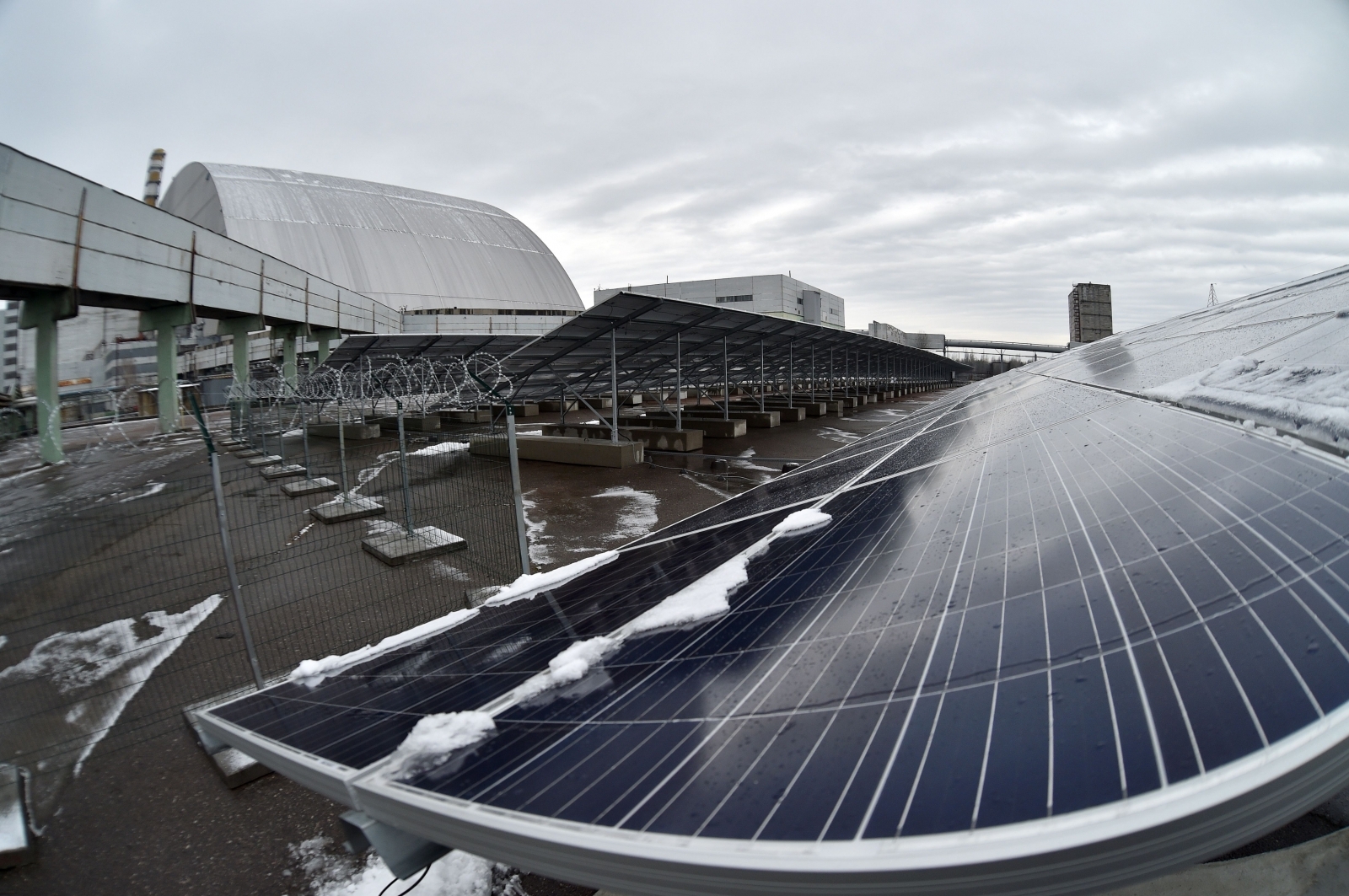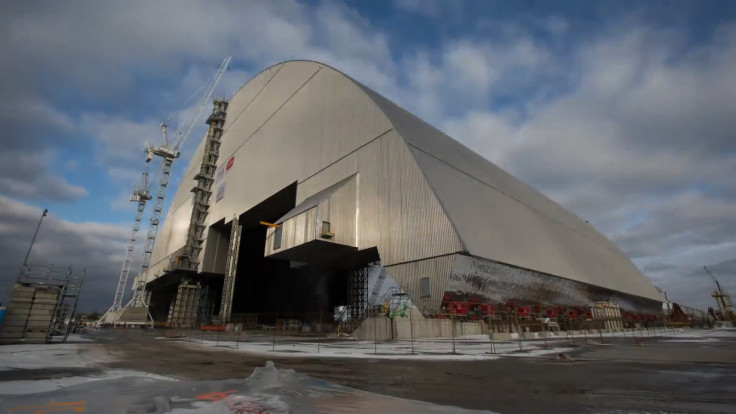Chernobyl is transforming into a massive solar power plant 32 years after deadly nuclear accident
"This solar power plant can cover the needs of a medium-sized village."



Chernobyl is being put to work to produce electricity once more, only this time, in a safer, renewable, and more sustainable manner. Construction of a massive solar plant that can provide electricity to 2,000 homes is underway and will soon be put to work.
The new power plant is only 100 metres from the Object Shelter, called the Sarcophagus- a metal dome that was constructed to contain the radiation from inside what is left of the Chernobyl Nuclear Power Plant leaking, reports Science Alert (SA).
"This solar power plant can cover the needs of a medium-sized village," Yevgen Varyagin, boss of Solar Chernobyl which is running the project, said. The first phase of this project will produce one megawatt, but there are plans to cover the entire region and produce 100 times the power, notes the report.
The plant has 38,000 photovoltaic panels and covers an area of 16,000 square metres. The Ukrainian government has approved 25 sq km to develop solar power in the region and is reported to be considering about 60 proposals for construction.
In nearby Belarus, the Solar Chernobyl company has just recently finished construction of a 4.2-megawatt plant. This plant is also within the irradiated zone, notes the report. The site is already well connected to the grid because of its close proximity to the Chernobyl plant, making the transition from nuclear to solar quick and efficient. The Chernobyl plant was still active in some capacity until the year 2000.
Construction in the region is still heavily regulated and digging and drilling into the Earth is strictly prohibited, so the panels had to be placed on slabs of concrete and not directly on the dirt, notes the report.
Chernobyl's nuclear accident is still the largest ever uncontrolled release of radioactive material into the atmosphere, and it will remain unsafe for almost 24,000 years. Initial clean up and recovery activity led to the construction of a concrete structure over the core of the reactor. It eventually began to crumble over the intense radiation still leaking from the molten core.
This is when the construction of Sarcophagus was initiated. The metal structure now sits atop the old concrete dome and was built outside Ukraine and then transported to the site. The dome weighs over 36,000 tonnes and was completed in late 2016. It will contain radioactive material from leaking for over a century within which time the molten core can be safely dismantled.
In the coming years, the government hopes to make Chernobyl famous for solar power generation and not be a "black hole in the middle of Ukraine".






















